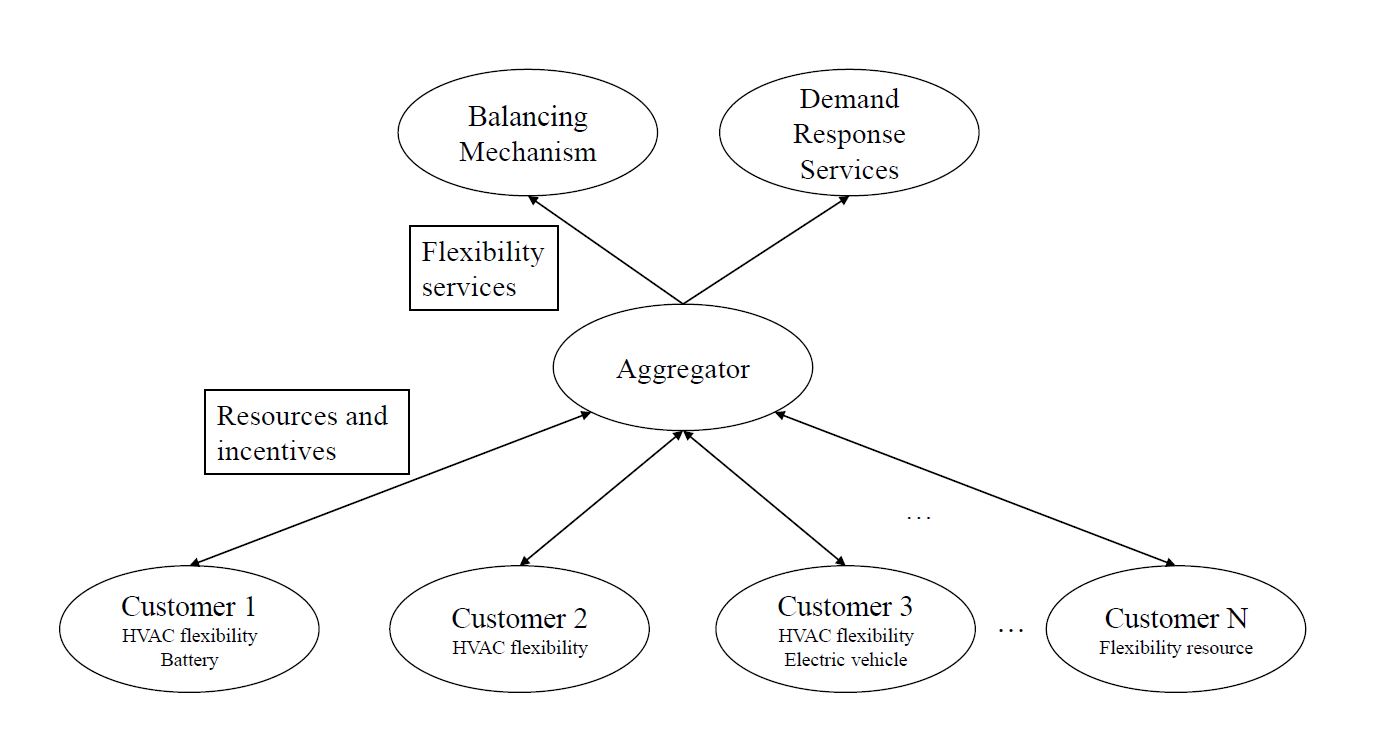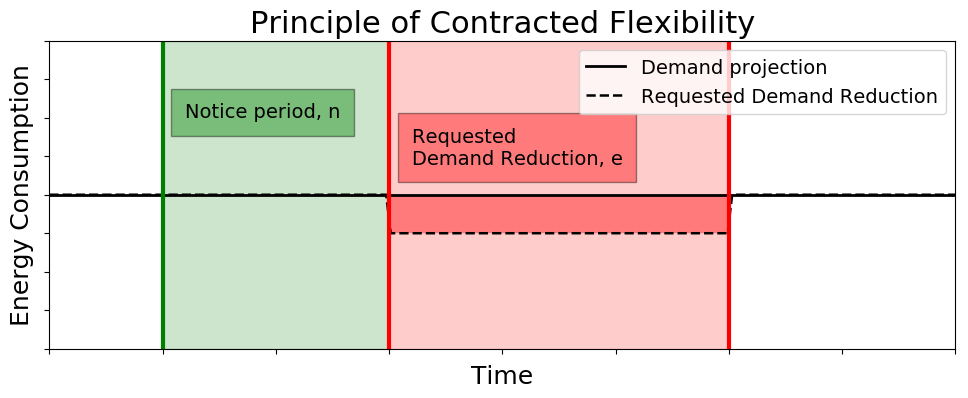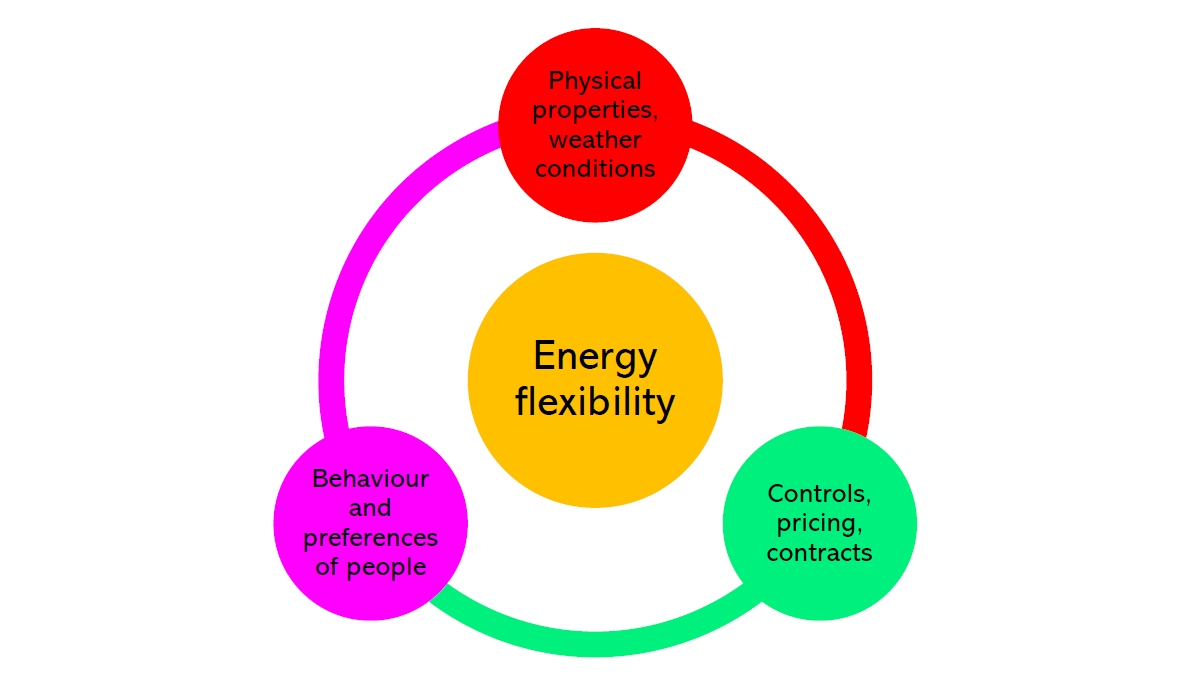Intro to Balancing Schemes, Aggregators and Contracted Flexibility
I wanted to share the outcomes and thoughts from my work within “flexibility space” so far, put out some interesting resources for people to look at and discuss what I am planning next. I will give little overviews of flexibility markets and aggregation in the UK as they currently are and how they feed into my conceptualisation of so-called contracted flexibility. To get away from abstractions (and consult-talk), I am finally starting to move into flexineering!
Flexibility for Balancing
To understand what in practice drives demand for energy flexibility right now and more particularly what it contracted flexibility, I have been looking into different kinds of markets where services and flexibility are traded. In short, there is a bunch of them! The grid requires a variety of different kind of services to maintain stability to keep wheels of the society rolling. In the UK regulatory environment the flexibility demand comes from the transmission system operator (TSO), National Grid which is responsible of the nation-wide grid infrastructure and power quality, and distribution network operators (DNOs) which operating local grids.
The UK TSO runs the most established markets for different services where also buildings could participate. These services can be put into three rough buckets:
- Reserve services
- Frequency response
- Power quality service
Many smart people have already explained what these three actually are, so I won’t go them through in detail here. I am thinking of putting focus on reserve services which are because I think that presents the most interesting problems for practical implementations in buildings. For anyone interested just check out National Grid’s list of all balancing services.
What is really interesting is emergence of local markets for flexibility. Piclo is something I came up with last week in an Ofgem workshop. I think these kind of enablers could really drive innovation if the barriers to participation can be as low as possible for new technology to realise its potential. In contrast to big schemes run by National Grid built for large capacities, smaller local markets could be better for buildings to benefit from flexibility if barriers to entry are lower. Interestingly, these could also better capture value of flexibility locally. This is because electricity grids can physically be more constrained in one place than another.
After having read a bunch of strategy documents, there seems to be quite a lot of hype around energy flexibility. And no wonder, it introduces and advent of new kinds of energy services enabled by small-scale decentralised resources. In a nut-shell: a new way of making profit which people and companies wish to capitalise on.
There is reason for caution though because energy flexibility, being a rather abstract concept in the industry, could end up creating markets open for speculations leading to unreasonable volatility and outcomes (would not be the first time, see: the California energy market crisis 2000s.)
Excitement is great and the current system has to evolve and develop. However, rules should be carefully scrutinised to minimise harm and direct towards what is wanted from a future energy system. Key principles could for example security, sustainability and affordability. And risks and rewards should be carefully distributed and justifiable.
Aggregators
Having read a number of strategy documents by business and regulators there is also quite a lot of buzz around “aggregators”, an invention of energy regulators to ease access of small players with flexibility into markets. Aggregators would ease the job of National Grid and DNOs by pooling together contributions of many to form packages which they can offer into these markets. Basically aggregators are just middle-men, not a big deal. But they do have some difficult tasks to fulfil: make sure parties on both sides of the aggregation are happy and work out sustainable business models for themselves.

Side note: I actually myself would like to see aggregators becoming pretty much obsolete at some point, with technology, standards and regulation evolving towards direct use of flexibility for what they are needed for. Aggregators should not become vehicles for utilities or network companies of value extraction and rent-seeking. We do need middle-men but should keep in mind what they in the end really are and where the value actually lies. I hope the regulators just keep up with this.
Contracted Flexibility
Flexibility markets outline the demand and its technical requirements. But how to handle the relationship between a building and an aggregator? An idea I have been exploring has been to use theory of basic financial options. Don’t worry “fancy econ math” won’t follow. It is quite simple. The question is: how much should I pay you if you commit to reduce energy demand X over a pre-defined time period to help me out. There is basically three elements there defining a contract:
- Payment
- Volume
- Time
The picture below is illustrates the basic concept of contracting flexibility. There is the “notification period” (n) time between potential realisation of an action, an incentive or penalty to do or not do it and there is the magnitude of flexibility (e) which is basically how long and how much flexibility is being delivered.

For anyone interested see:
- Pretty good technical paper on how option theory could be used to evaluate demand response: O. Sezgen, C. A. Goldman, and P. Krishnarao, “Option value of electricity demand response,” Energy, vol. 32, pp. 108–119, 2007.
- BEIS and Ofgem, Upgrading our Energy System: Smart Systems and Flexibility Plan, July, 2017.
- My thesis from 2018.
Sorry, the first paper is behind a pay-wall, academics… Life-hack: just contact the authors and ask for the paper, they should be able to share it with you (for free) if you can’t otherwise get access to it.
Next: Flexineering!
I am now working towards a first implementation of a control strategy on the basis of delivering a contract to an aggregator for a reserve service, probably the Short-Term Operating Reserve.
In my first pilot study I will be exploring learning algorithms working with measurements in real-time from a test building to teach a mathematical model for predicting building energy use. Probably this will be preceded by some form of simulations too. Finally a chance to get hands dirty with some real engineering.
Until next time!
Eramismus
I am a practical Finn with interests spanning energy, digitalisation and society. I am currently working towards a PhD in England. Among other things I try to explore the layered nature of sustainability through philosophy and technology.


